For more than two centuries, Japanese samurai have fascinated the imagination of Westerners. These men-at-arms were formidable warriors who belonged to the highest caste in the empire of the rising sun.
They were under the orders of a daimyo or a shogun (he is a warlord). It is in the 12th century, that the first Japanese dictatorship was established. It was called the shogunate. The samurai and their successive suzerain held power throughout the period of Japan.
It was not until 1868 that the total decline of the samurai became apparent. The emperor Meiji recovered the imperial power that was due to him by modernising the land of the rising sun with a great era of industrial development. He forbade the wearing of Japanese swords (katana) because it was the iconic symbol of the samurai...
If you wish to know more about them, you recommend you to read our article called what is a samurai? We explain you everything you need to know about those dangerous warriors from Edo period...
 The symbol-samourai resides in the elements that make up his armor namely, his katana, his helmet and his Japanese mask
The symbol-samourai resides in the elements that make up his armor namely, his katana, his helmet and his Japanese mask
The culture warrior had a huge impact on the evolution of the archipelago. Today in Japan, the essence of the samurai military virtues such as courage, intelligence and discipline still influence Japanese society.
In this article you will discover 42 amazing facts about samurai that you didn't know about.
1. Living by the Bushido code
The samurai acted according to a code of honor of a fighter, called bushido; which means the voice of the warrior. This concept is very close to the chivalrous code of Western history because they are both based on the same ethics.
2. Darth Vader was a samurai?
 Darth Vader samurai ?
Darth Vader samurai ?
Even without having seen Star Wars, you probably know Darth Vader? His helmet integrates a kind of neck protector inspired by the samurai armor : we call this helmet a kabuto.
3. What does samurai mean?
Samurai is a Japanese term whose origin comes from " saburau ". It means, "those who serve in the entourage of the nobility". That is why Japanese fighters were also called buke or bushi.
4. Were there samurai women?
It may surprise you because it is rarely mentioned, but Japanese women took part in the fights. We know this from DNA tests taken from the battlefield of Senbon Matsubaru. Thirty-five bodies of women were found there...
5. What does Ronin mean?
 This is one of our Japanese ronin drawings / Artist unknown, please contact Kimura Kami team for credit
This is one of our Japanese ronin drawings / Artist unknown, please contact Kimura Kami team for credit
Here is one of our Japanese ronin drawings.
At that time, there were samurai who lived outside the Japanese society. This was the case of those who had no master or lord as a result of a disgrace or the death of one of them. They were nicknamed ronin. It means "wandering man".
They were frowned upon in society, because in Japanese customs, each warrior had to honor the death of his master by practicing the seppuku ritual (also called Hara-kiri). It is a traditional suicide, where the warrior wearing a simple kimono opens his belly with a blade. A wandering samurai would most of the time become mercenaries. This goes against the bushido moral code...
6. The 47 ronin
Even if the ronin had a bad image, the tale of the 47 ronin show how honorable a samurai without a master can be... After the death of their leader, they decided to avenge him rather than to end their day. They killed the man responsible for his death after having achieved several warlike feats, such as defeating his army without suffering any casualties in the Ronin camp... Today, there are even movies and manga in their effigy...
7. Miyamoto Musashi: the undefeated ronin
 Musashi duel and invincibility
Musashi duel and invincibility
Maybe you've heard of Miyamoto Musashi? He is one of the most famous Japanese fighters in the history of the Japanese islands. He is a ronin samurai who is said to have defeated 61 opponents in single combat during his lifetime. He was invincible thanks to his mastery of the double-bladed sword.
In 1614, he confronted the terrible Sasaki Kojiro, nicknamed "Demon of the Western Provinces". He wielded a thick Japanese blade. To disturb his opponent Miyamato arrived very late for the duel. And to push his opponent into his entrenchments, he even allowed himself to come only with a simple wooden sword. Of course, he won.
8. The samurai hairstyle
The samurai was distinguished by his top knot. It is a Japanese hairstyle worn by the warriors. The interest of this Japanese hairstyle rests primarily on practicality and not aesthetics ... It allowed to wear the samurai helmet while having the hair pulled back.
9. Why do samurai shave part of the skull?
At the Japan feudal, most samurai shaved their heads and wore a bun on top of their heads. Wearing a helmet was more pleasant... It was necessary to put all the chances on one's side during a fight...
10. The Japanese Kabuto
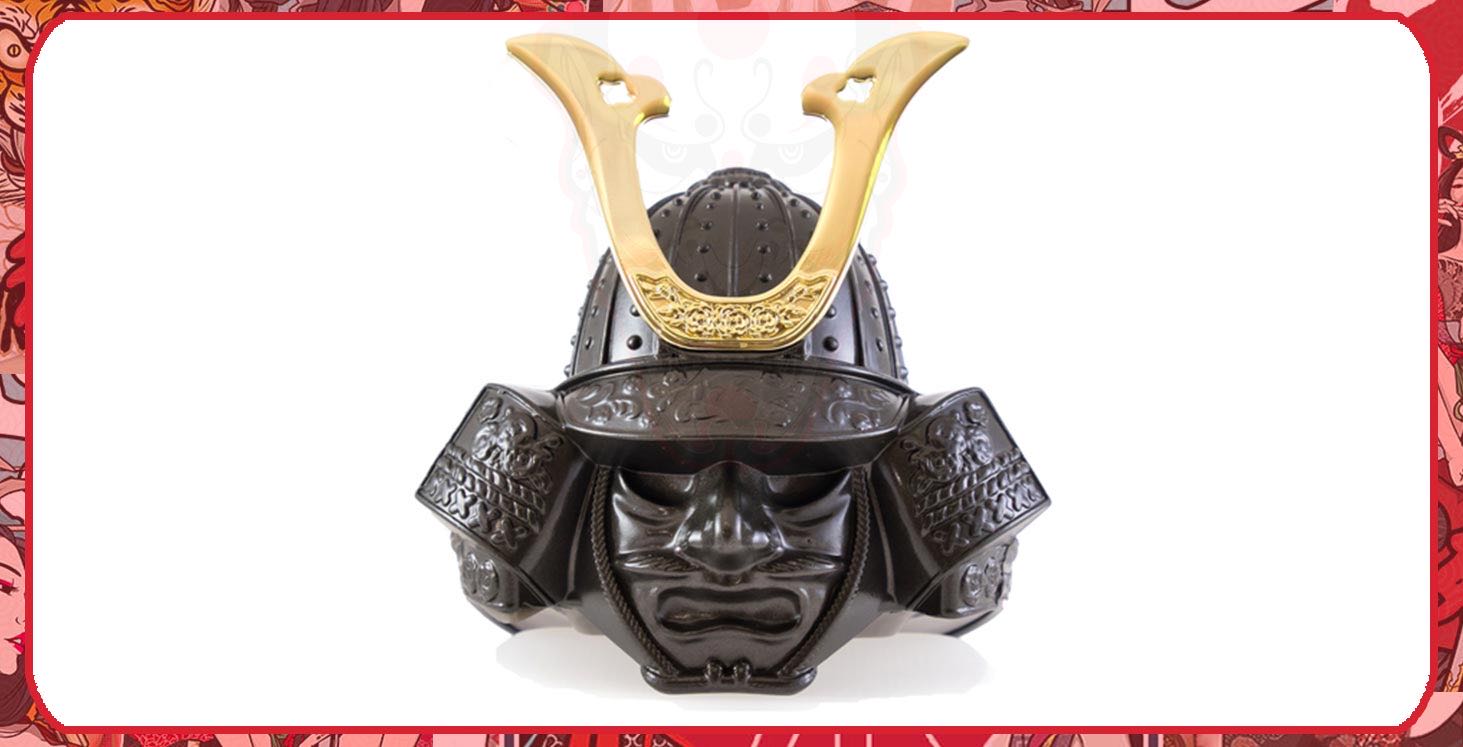 The traditional samurai kabuto helmet
The traditional samurai kabuto helmet
To protect themselves from swords and arrows, the samurai wore a Kabuto helmet. It was made of metal, and covered the forehead, face, and neck. It was also customary to wear a Mempo mask. These traditional Japanese masks represented an Oni demon or a Yurei ghost. They are fantastic and evil creatures of Japanese folklore and Shinto religion...
11. The samurai hierarchy
In the country of the rising sun, samurai represent an aristocratic class organized according to a well-established hierarchy. These warriors worked in the service of feudal lords called daimyos. The emperor may have represented power, but the daimyos had to serve the shogunate dynasty which was really at the head of Japan. The empire of Japan was organized as a military dictatorship and the emperor was a mere puppet.
12. The Empress Jingu
Jingu is one of the first Onna-bugeisha of Japan. After the death of her husband in battle, she launched an invasion into Korean lands. The Japanese Tale tells that she found the way to victory by losing a single soldier.
She would have appealed to the powers of the kami. They are Japanese gods. This story remains a legend, nevertheless, the Onna-bugeisha Jingu has become a Japanese reference to the image of the samurai ideals.
13. What are the eight warrior virtues of the samurai?
 The values of the samurai bushido code
The values of the samurai bushido code
Nitobe Inazo split the bushido into 8 virtues in the 20th century in order to unify the great ideological samurai. These eight virtues include courage, loyalty, duty, honor, honesty (sincerity), respect, self-control, and finally benevolence...
14. The curves of Japanese swords
Samurai blades have evolved over time, becoming more and more curved and eventually becoming the sword we all know today, the katana.
15. The Japanese weapon of samurai women
The female warriors of the land of the rising sun fought with a kind of spear with a curved blade called Naginata. It is a very light and handy weapon during battles.
16. The samurai armor
 Samurai armor protected the brave warriors
Samurai armor protected the brave warriors
The armor of a samurai was very aesthetic but his main objective was mobility. The way of fighting was very different from that of the western knights in armor who were slow and powerful... The Japanese armor was lighter to facilitate the speed and vivacity of the attacks
17. The chokuto
Before the development of the katana, warriors were equipped with a weapon called chokuto. It is a small straight and thin sword used by the foot fighters before the 10th century...
18. The samurai class
In contrast to what one might imagine, samurai represented about 6 to 8% of the Japanese population. Thus, they were not only an elite armed force. On their own, they formed a social class in their own right.
19. Why do samurai have two swords?
 The famous Daisho Katana
The famous Daisho Katana
Samurai are recognizable by the two swords they wear at the belt: their katana and their wakizashi. The katana is a long sword that warriors could easily draw on the battlefield. While the wakisashi is a short sword used in restricted spaces such as a bamboo forest or the corridors of a fief (Japanese castle).
This set of weapons was called a daisho. A martial arts expert would use his swords to deceive the enemy as to the style of attack he was going to wear...
20. Who was allowed to wear the Daisho?
In medieval Japan, some individuals carried weapons without being samurai. This is the case of Eugène Collache, a French naval officer who fought in the 19th century for the Republic of Ezo. There was also John Henry Schnell, a German who was a military instructor in the same century.
21. Were the samurai all Japanese?
 The first black samurai was called Yasuke
The first black samurai was called Yasuke
Japanese legends say that there were many western samurai. However, only a few are known to exist. One of the best known is William Adams, an Englishman who worked for the Dutch East India Company as a sailor.
His boat was one of the only ones to reach the country at sunrise. He settled there with his second: Jan Joosten. It quickly became important to the Shogun Tokugawa Ieyasu. They were both considered as full-fledged samurai. Adams had a family which he left behind when he left England. He was renamed Miura Anjin by Tokugawa. Adams rebuilt his life without ever returning to England.
There is also Yasuke the black samurai, known for his strength and brutality.
22. The samurai marriage
At that time, samurai marriages were often arranged by an individual of similar or higher rank. It was common for warriors to marry a woman from a samurai lineage.
Lower class samurai sometimes chose to marry commoners because they had a large dowry. This allowed them to eliminate the husband's debts, buy a new house and a ton of sushi...
The lower class samurai sometimes chose to marry commoners because they had a large dowry.
23. Onna-Bugeisha meaning
 The onna-bugeisha are warrior women from Japan
The onna-bugeisha are warrior women from Japan
Samurai is a masculine word, however, there were female Japanese fighters in the ruling class who were nicknamed Onna-bugeisha. They fought alongside men in clan wars. The best known is Tomoe Gozen famous for her great warrior qualities...
24. Fighting smarter
We often have the image of the samurai with his katana but they also used other weapons depending on the situation. Over time, samurai learned to develop group strategies. Spears were added to their warrior paraphernalia, as well as yumi. These are large bows made of laminated bamboo.
25. The greatness of the samurai warriors
The samurai looked very impressive in their gigantic finery. But in reality these great warriors were small and did not exceed 1,50m at 16th century.
26. The rules of the samurai code
 Drawing of samurai a horse
Drawing of samurai a horse
Many aspects of the samurai code have endured in spite of changes in society. Among the rules of the code, only upper-class warriors were allowed to ride horses. Paradoxically, this was also the case for Western lords and knights...
27. What is Wakashudo ?
Just like the Spartans, the samurai were very open-minded about their relationships with other men. Wakashudo, was a relationship between an apprentice samurai and an experienced samurai (a sensei). It was a highly recommended and practiced practice. Wakashudo samurai is not often mentioned, as it does not emphasize the virility of men...
28. The greatest weapon is a good education
Education was a crucial aspect in the training of a good samurai. Their reading and writing skills were excellent, as was their level in mathematics. At the same time, Europeans were far less advanced intellectually than they were.
29. Japanese Arts and Crafts
 Splendid Japanese samurai print (Kimura Kami editing)
Splendid Japanese samurai print (Kimura Kami editing)
The samurai were also very cultivated. They studied artistic fields such as poetry Haiku, floral arrangements Ikebana, painting Ukiyo-e (Japanese prints), Japanese garden design and observing codes for the tea ceremony.
30. The skin color
Japanese people used to pay a lot of attention to their skin color. They wanted to maintain a pure descent. In the Japanese mentality of the time, when a samurai was light-skinned, it meant that he was not a descendant of the impure race of the Ainu. This was an ethnic group that was denigrated and considered inferior.
31. Samurai divorce
In marriages with samurai it was possible to divorce. However, this rarely happened because it meant paying back the dowry. It was also an affront to the husband or wife...
32. The last samurai
 Satsuma's rebellion
Satsuma's rebellion
The last battle involving samurai was that of Shiroyama during the Satsuma rebellion in 1867. The Tokugawa shogunate was enormously disputed, which triggered a rebellion. The Meiji Restoration led to the downfall of the samurai with the arrival of Western influence and their guns
33. The feather or the katana
You may not realize it, but a great number of samurai gave up their weapons to use their pen to shatter the truths after the Meiji Restoration by the Japanese emperor. Many have become writers or journalists. Some even took the lead Japanese newspapers.
34. Japanese samurai clothing
Japanese samurai clothes are for the time innovative in style. They were designed to allow fighters to move and fight more fluidly. Their set is composed of a hakama, it is a large japanese pants, and a hilatare, it is a long-sleeved japanese cardigan that offers a great mobility.
35. The ninja Hatori Hanzo
 Picture image of Hanzo Hattori the ninja
Picture image of Hanzo Hattori the ninja
Among the most famous ninjas in Japanese history, Hatori hanzo is one of the most important. He saved the Tokugawa shogun by protecting him from his enemies. He was greatly rewarded and became a close friend of the shogun.
36. Samurai firearm: the Tanegashima
Weapons were constantly evolving and the samurai abandoned their bows when gunpowder became available on the Japanese archipelago. They then preferred the Tanegashima, long range rifles with lock and wick which were widely used from the 16th century.
37. Dying according to the code: seppuku
In order to respect the code of honor of the way of the warrior, the latter would perform seppuku after a defeat, or if his legitimacy was questioned. The warrior would open his belly and have his head cut off by another warrior in order to shorten his suffering. Stephen Turnbull said, "In the world of warriors, seppuku was an act of admirable bravery for one who knew he was defeated.... Or mortally wounded."
38. How does seppuku take place?
 The seppuku also called Harakiri the art in death
The seppuku also called Harakiri the art in death
As stated above, seppuku is a ritual method of suicide by disemboweling. This practice was widely used as a death penalty for those who did not respect the code. This punishment took place in front of an audience in a ritualized ceremony.
39. The Tokugawa shogun
Tokugawa Ieyasu is known to be one of the most famous shoguns in Japanese history. He was the head of the Tokugawa shogunate, which lasted nearly 268 years, starting in 1600. This was the last shogunate before the Meiji restoration.
This man was known for his patience and wisdom. However, he unified the country with a lot of blood on his hands. He killed his family simply to convey a political message to his opponents and to show what he was capable of...
40. Duties of Japanese wives
If the husband is disgraced, the wife should also take her own life. Japanese women used to tie their knees so that their bodies would remain in a graceful position after cutting their throats.
41. Nakano Takeko: love between sisters
 Representation of the splendid Nakano Takeko in a geisha samurai style
Representation of the splendid Nakano Takeko in a geisha samurai style
Nakano Takeko is by far the most famous samurai story. She was the leader of the Joshitai, an independent women's army at the battle of Aizu in 1868. She was trained in martial arts from a very young age. In 1868, she was shot in the chest. She asked her sister to finish her off and take her head so that the enemy could not get it back as a trophy.
42. The last emperor
During the Heian period, the emperor wanted to prolong his reign. He hired fighters from a neighboring clan. They were military leaders who took the name of shogun. Originally this term was supposed to be a simple title without much power and yet history has shown us otherwise. Over time, this title gained in importance, and the emperor gradually lost power. It was replaced by the military power of the shoguns and samurai.
What is left of the samurai today?
Between legends, moral code and dress style... In this article you could learn the 42 most important facts about the history of samurai.
In terms of style, samurais have also marked the fashion world because Japanese kimono, or traditional masks are still worn by streetwear fans or fans of cosplay.
These fearsome warriors were so important that samurai ideology continues to permeate Japanese society. The noble principles of bushido are shared within the Kendo dojo (Japanese fencing), or in the classes of Aikido, Judo, Karate and Sumotori. The Yakuza mafia also use some of their moral principles. That is to say to what extent their code of conduct has influenced the Japanese...
To know more about their moral code we invite you to read the article on the bushido code and its fundamentals...



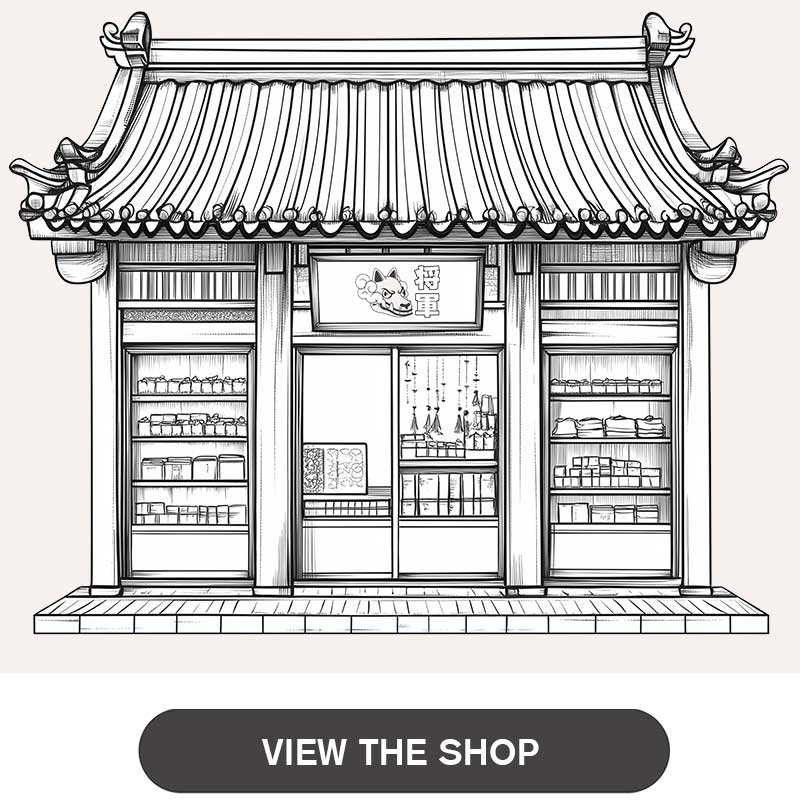
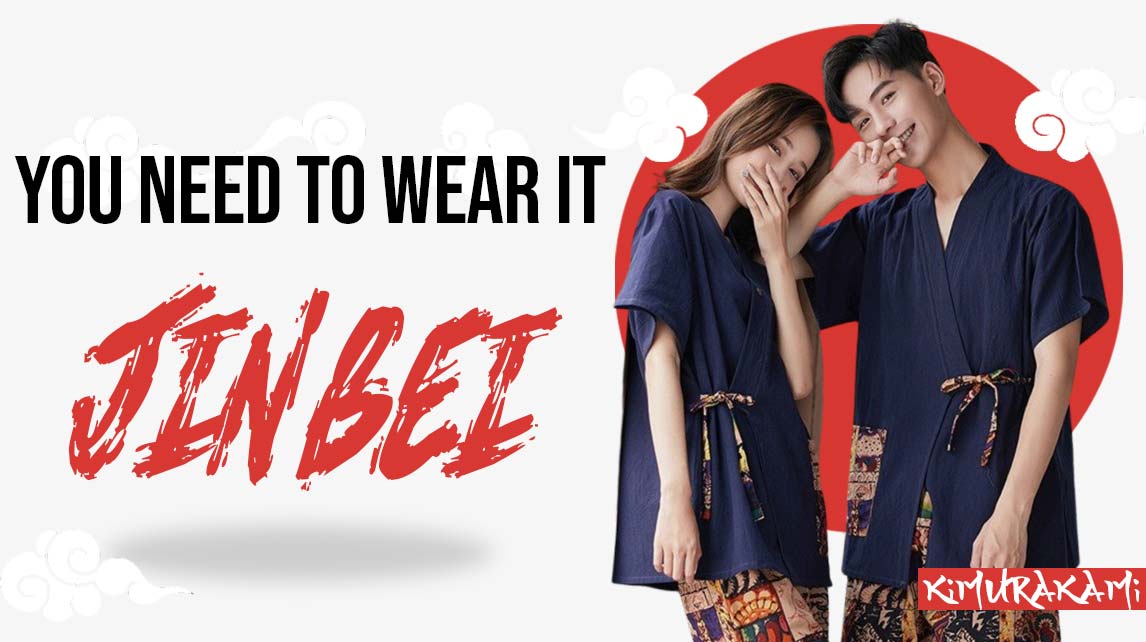
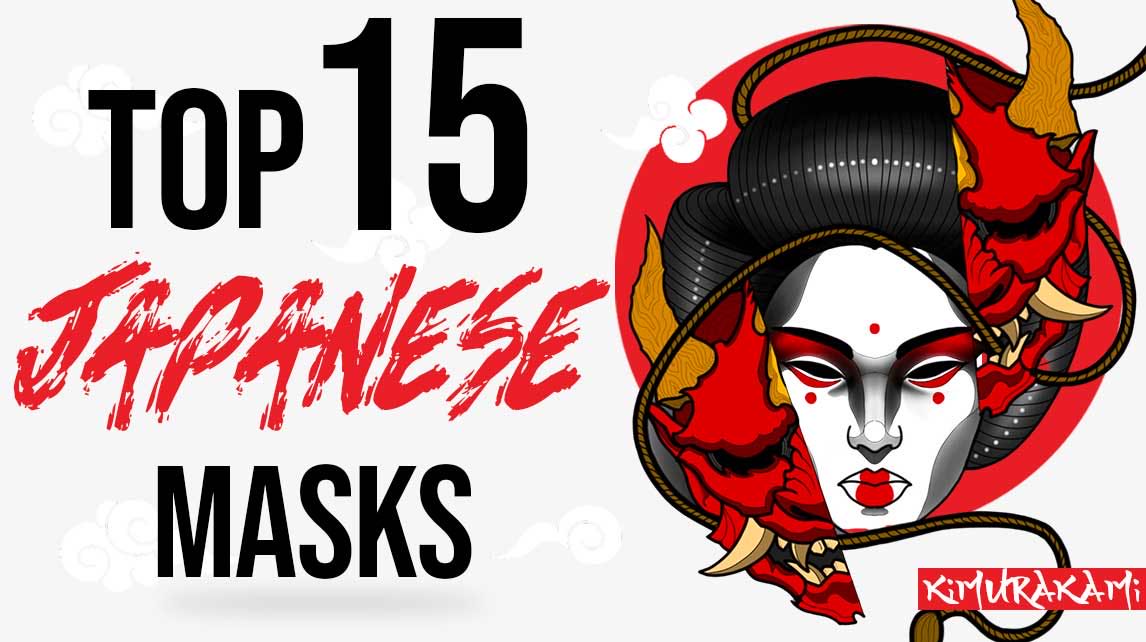
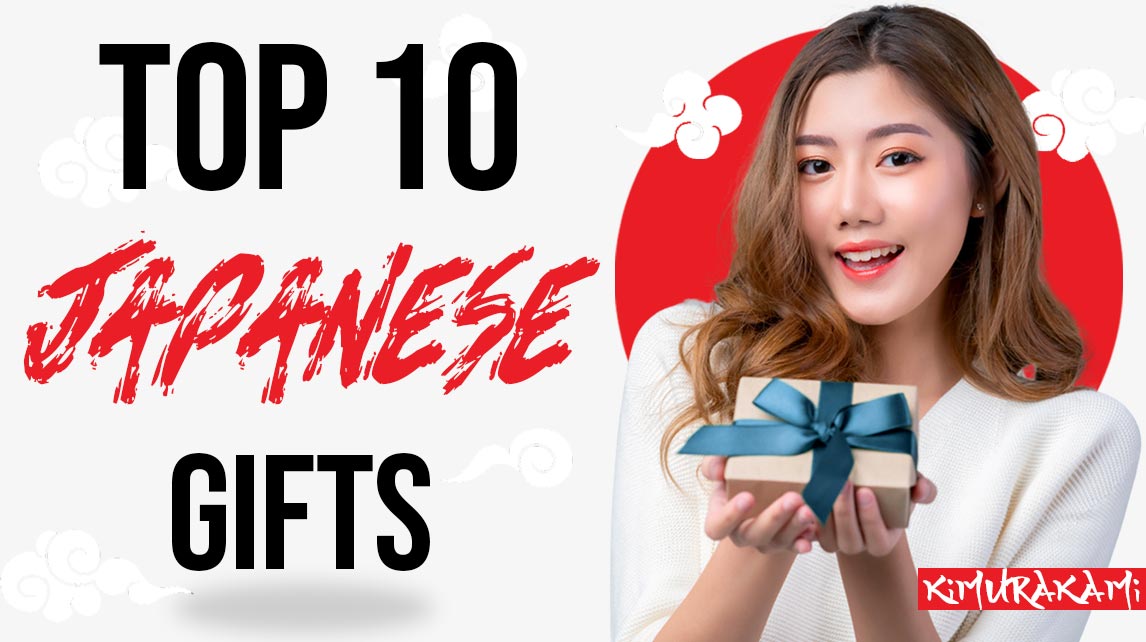
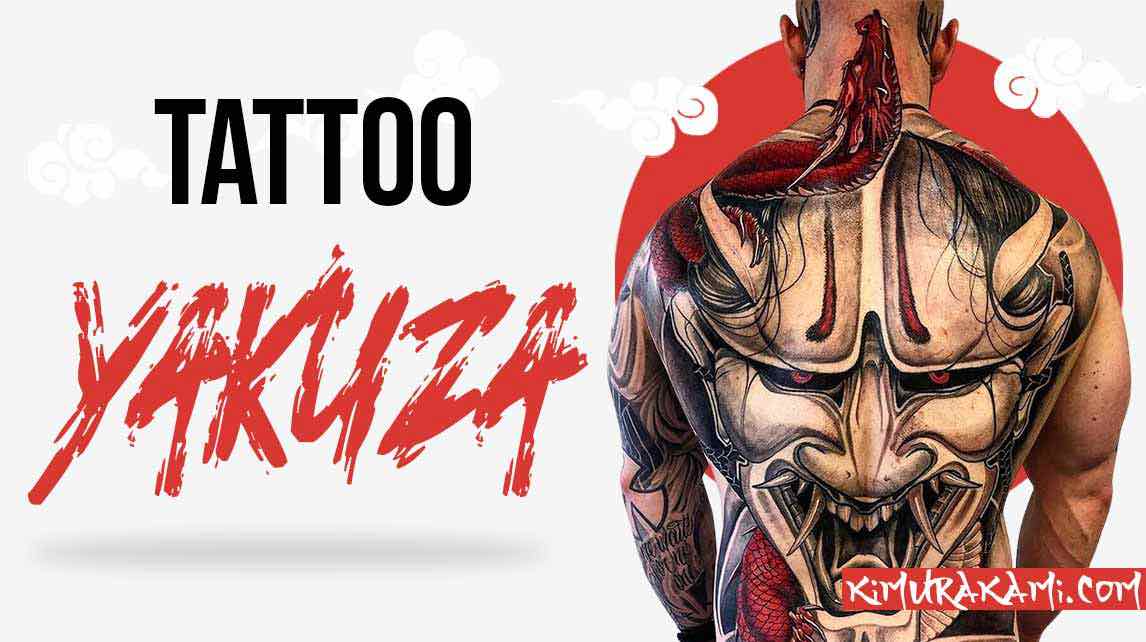
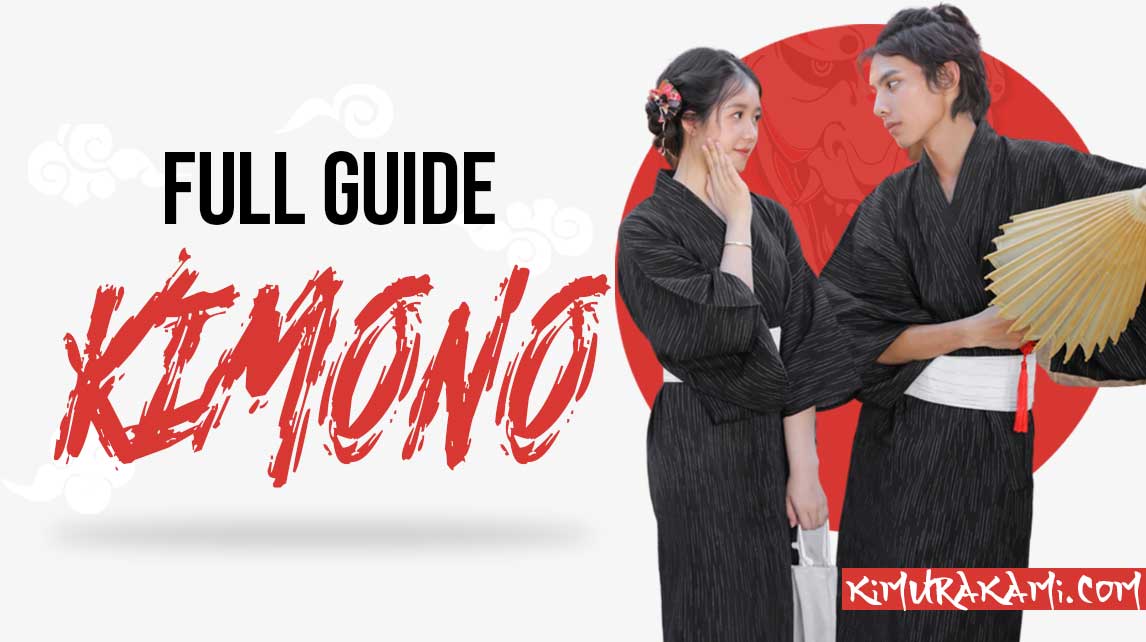
Leave a comment